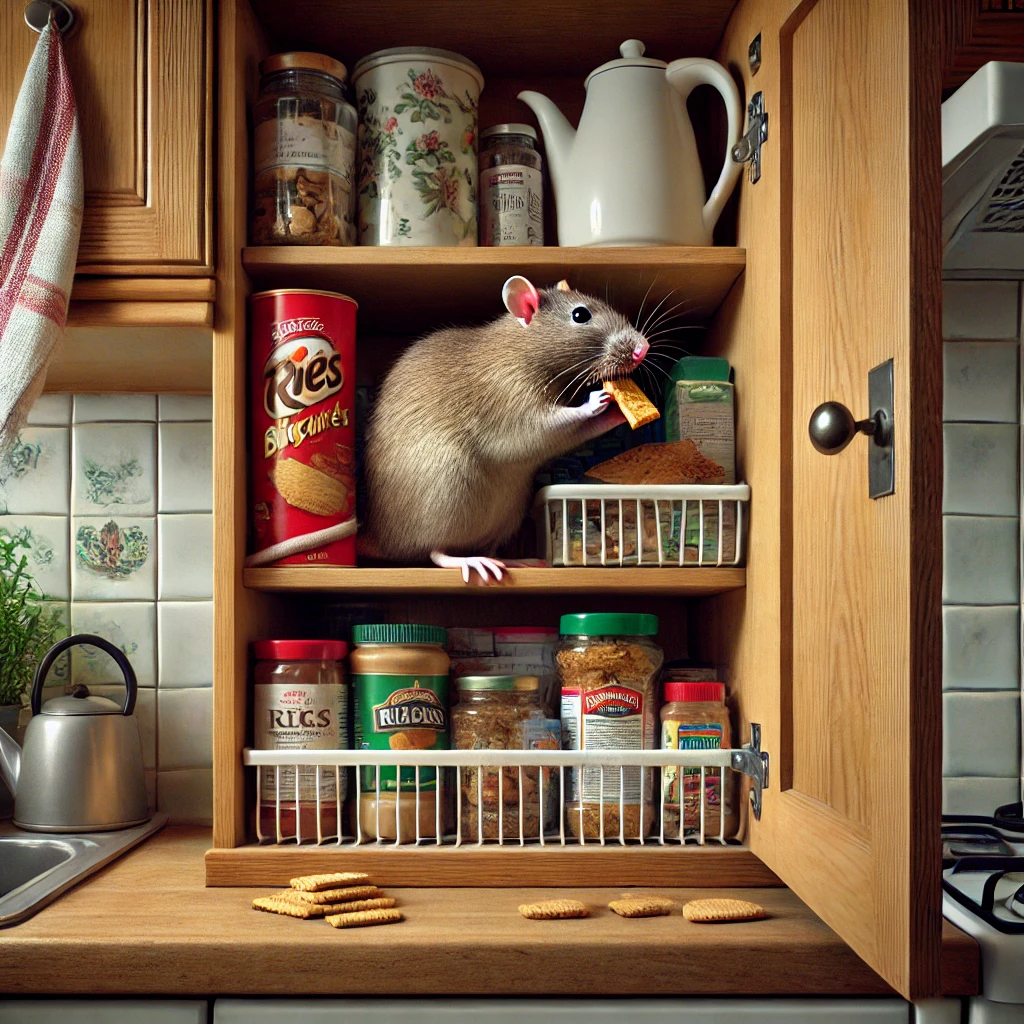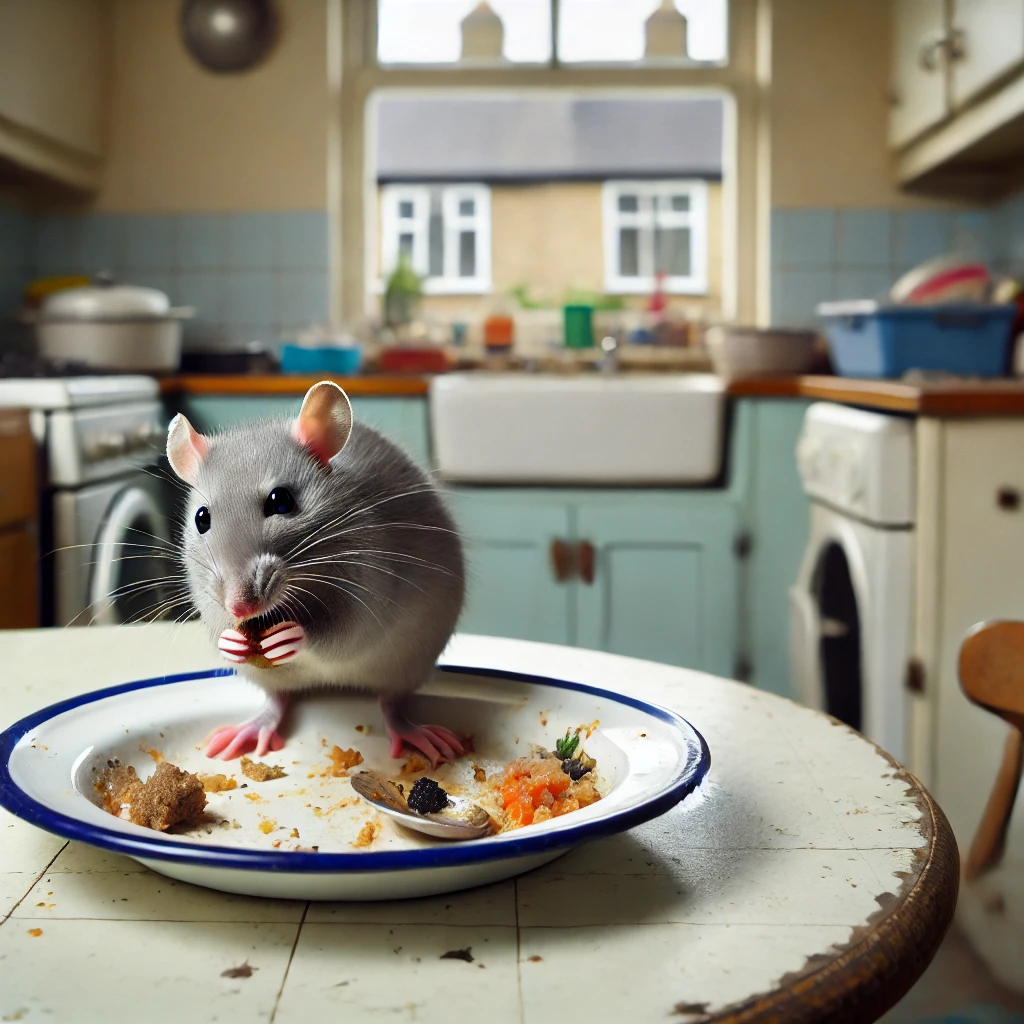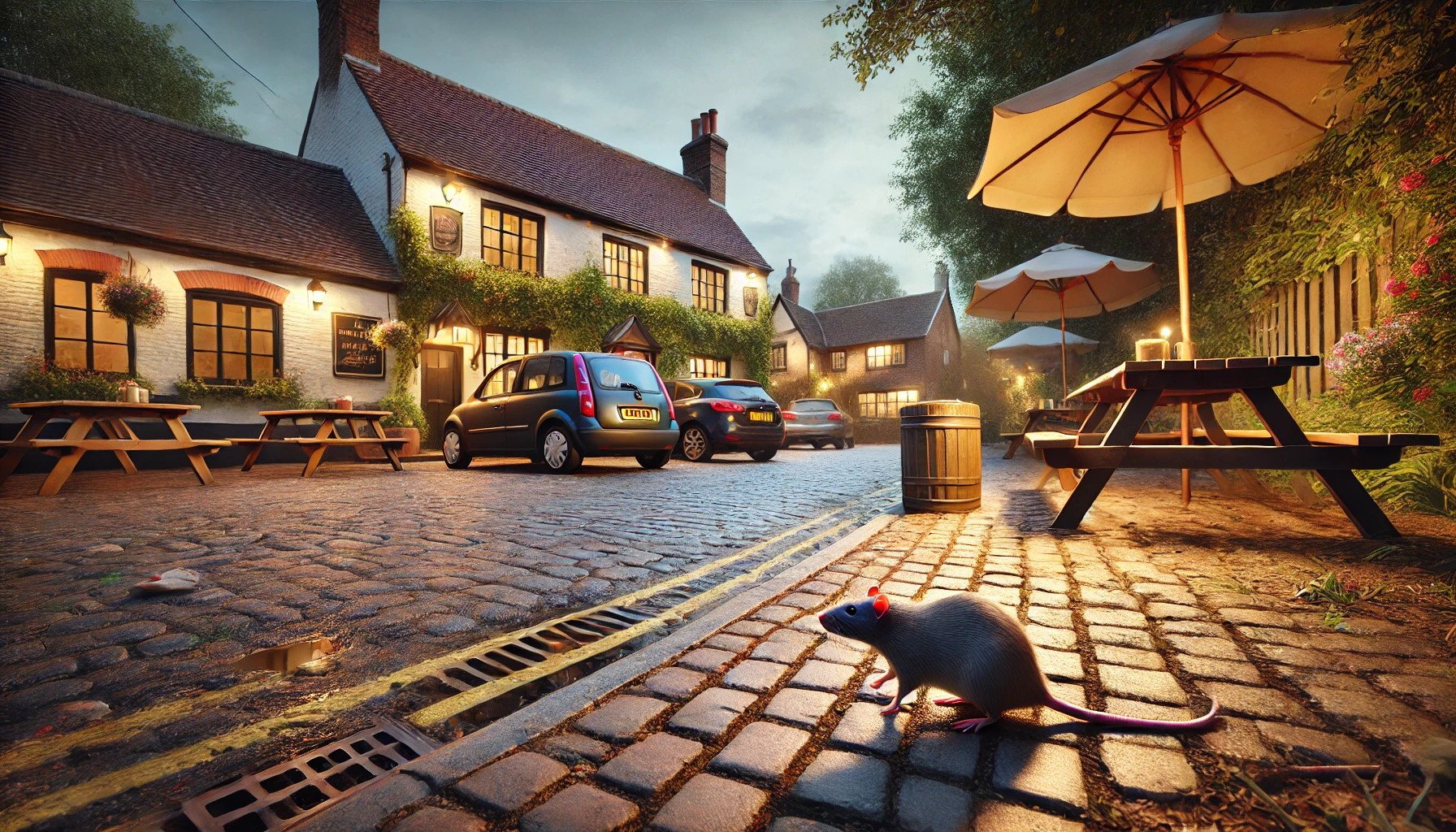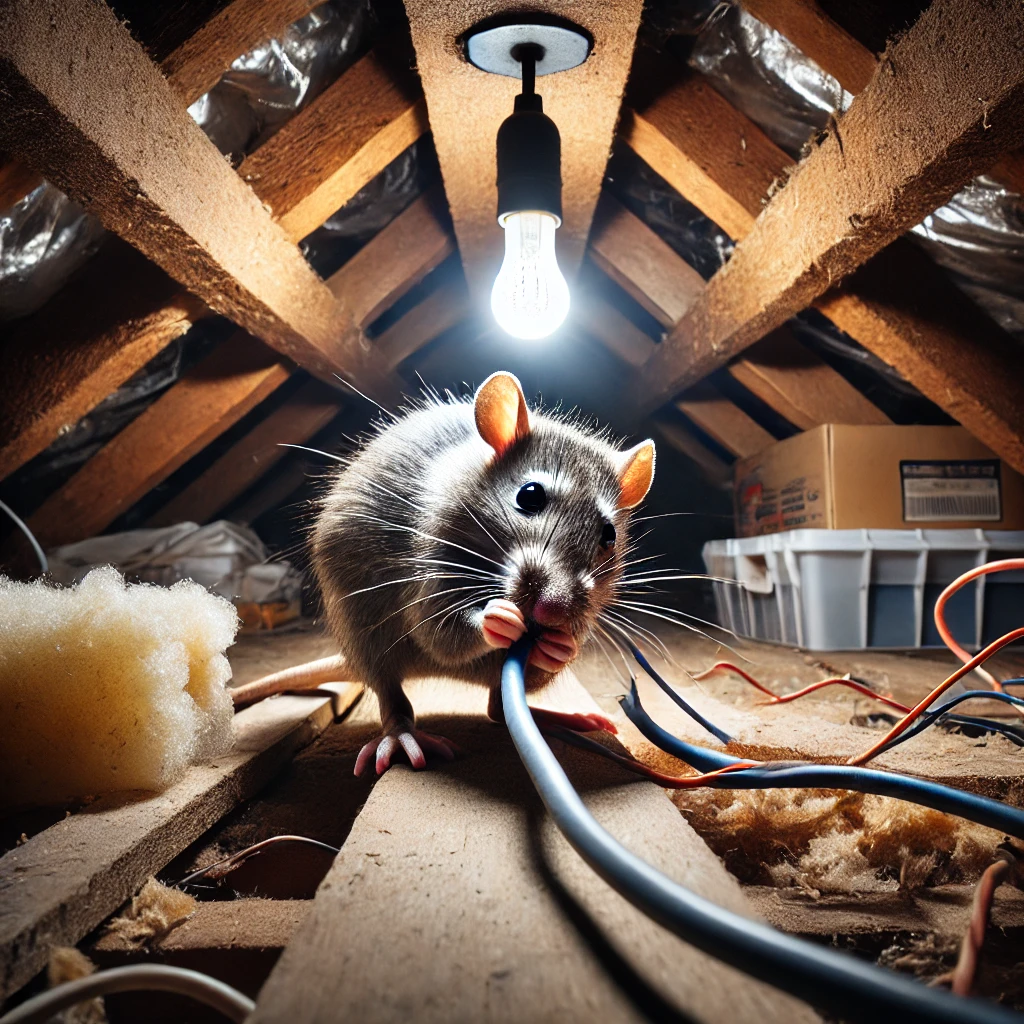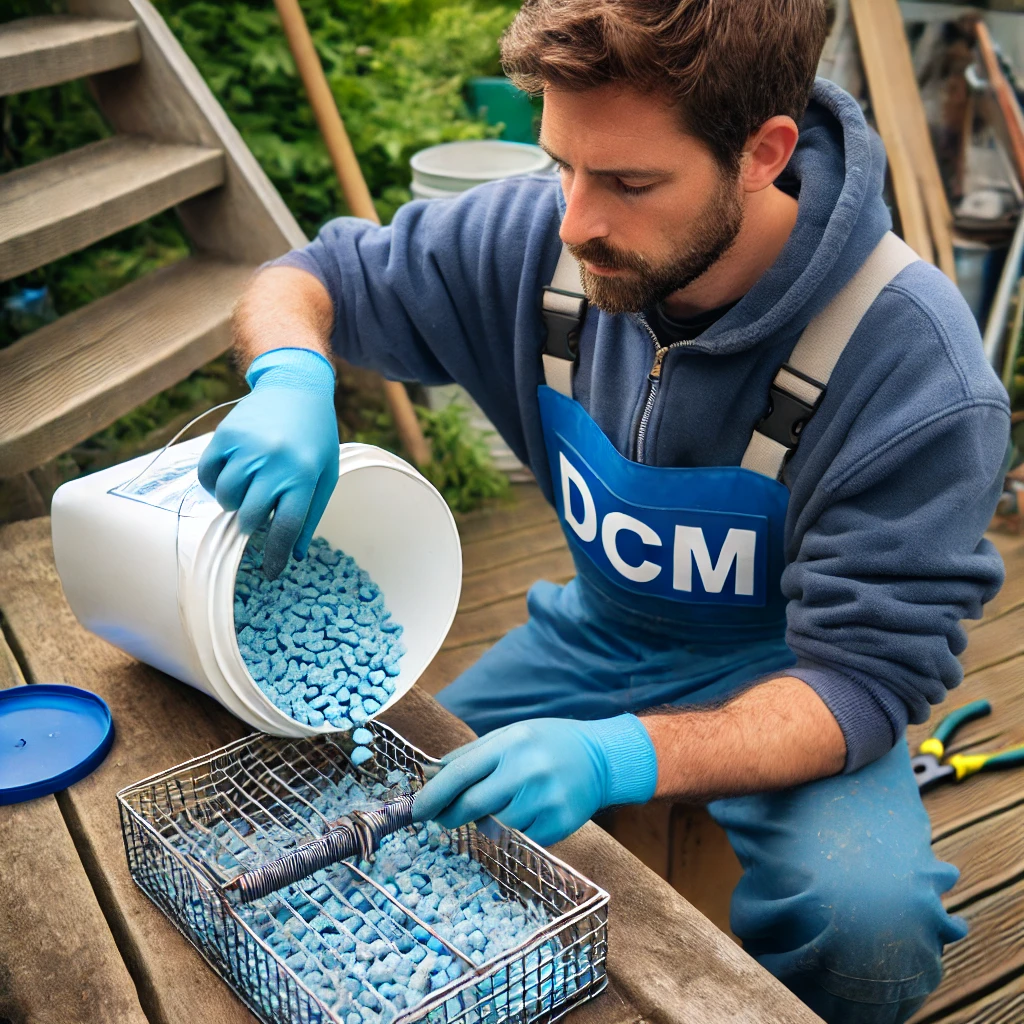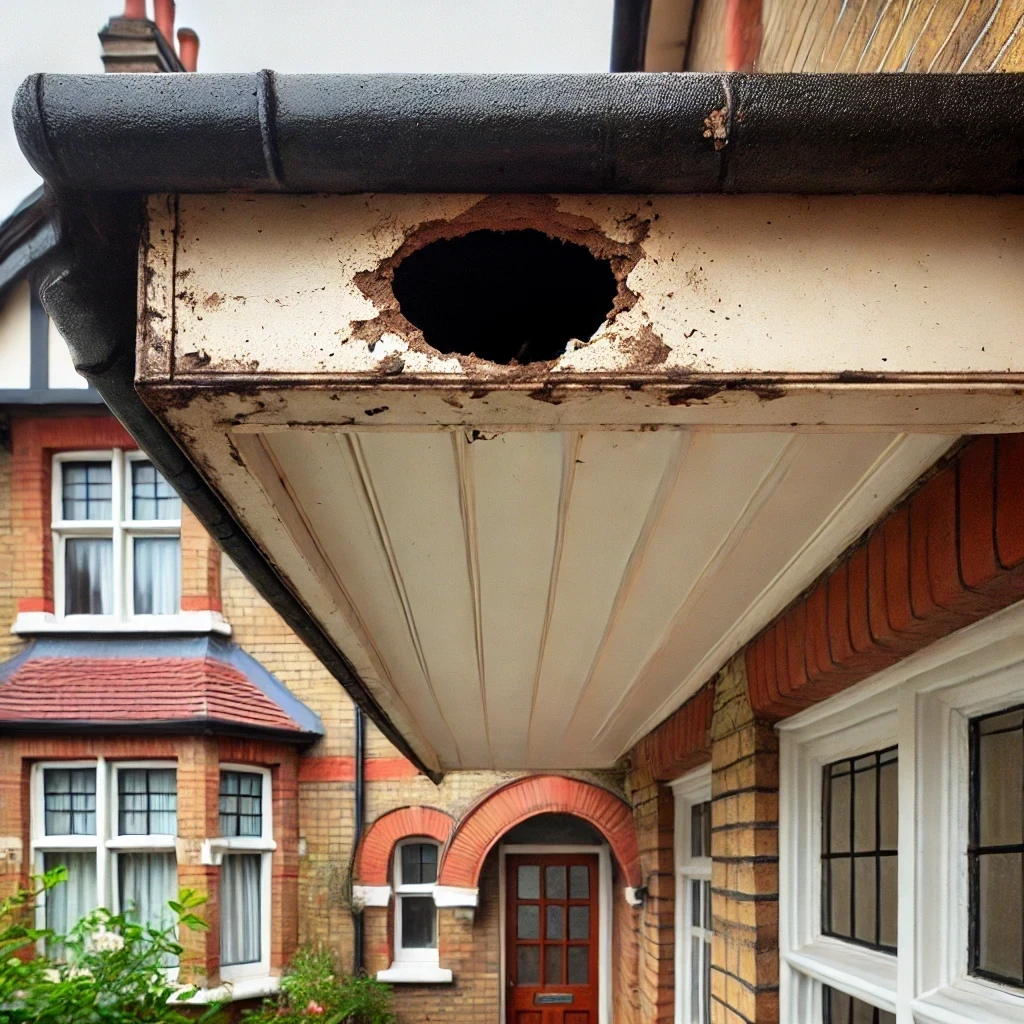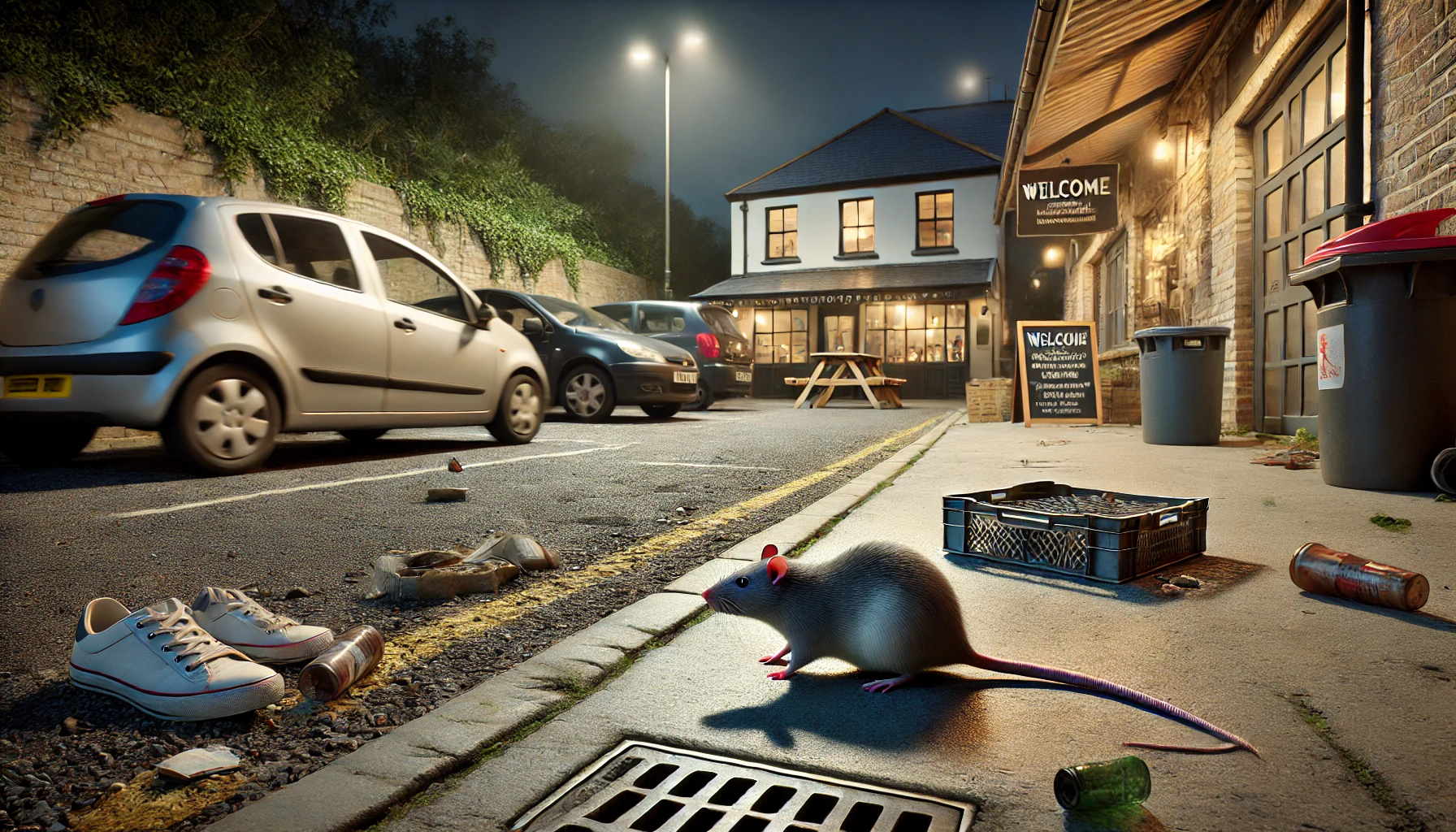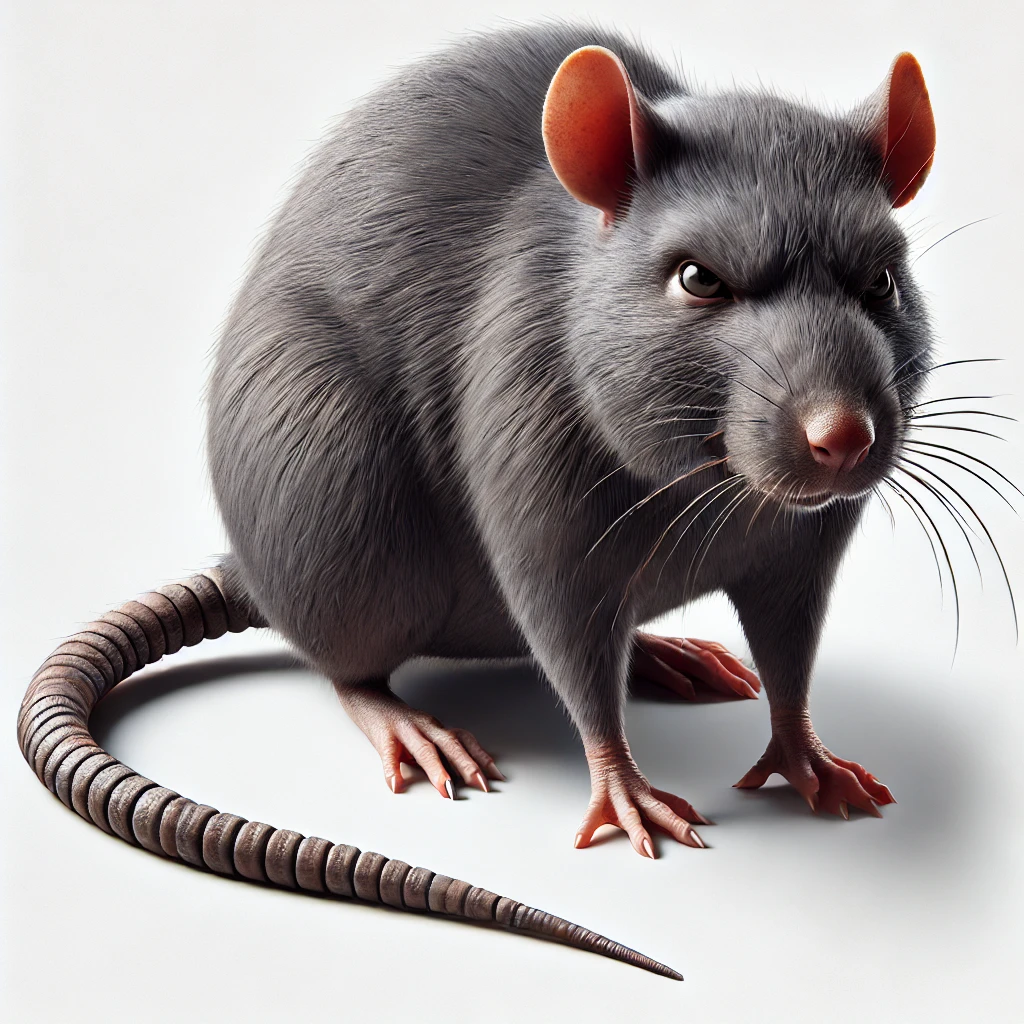Post-treatment
Avoid taking any immediate action unless advised to do so by the technician. The technician will explain their findings and provide relevant advice on every visit.
There are circumstances outside of yours and our control which may mean we cannot guarantee to completely eradicate the rat problem – instead the aim would be to control and exclude activity from within your property. This may mean you need ongoing support to help manage the problem, where we visit the property every 4-12 weeks.
For example, properties that are set in rural locations, that border with common land or near rivers are always at higher risk of rat infestations. Rat populations can grow and spread.
